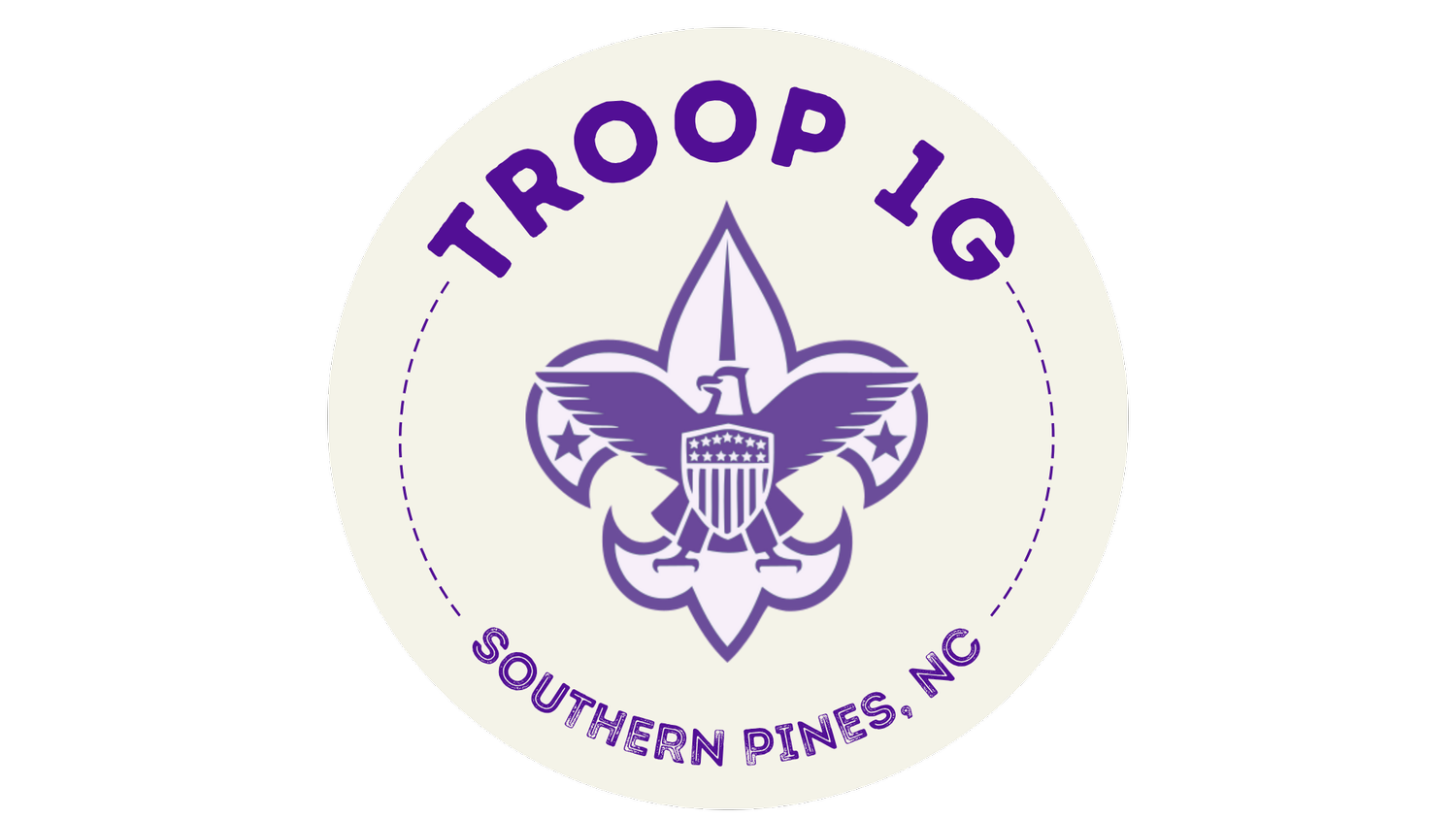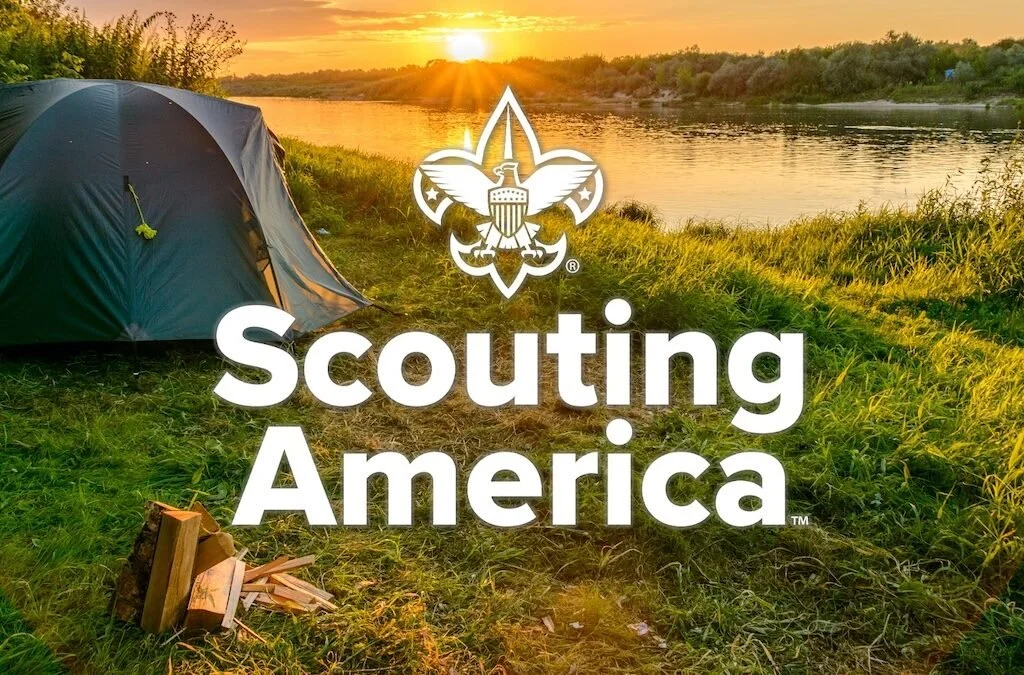FAQs
FAQs
-
Scouting America is the flagship program of the Boy Scouts of America, designed for youth ages 11–17. It focuses on character development, leadership, outdoor skills, and personal growth. Girls can participate in their own all-girl troops, like Troop 1G, which are part of this program.
-
Scouts engage in a variety of activities, including:
Outdoor Adventures: Camping, hiking, and survival skills.
Skill Development: Merit badges in topics like first aid, citizenship, robotics, and more.
Service Projects: Community service initiatives that help youth develop a sense of responsibility and citizenship.
Leadership Training: Opportunities to lead troop activities and earn leadership positions. See Scouting America FAQS.
-
Youth Protection Training: All adult leaders must complete this training before volunteering and renew it every two years.
Criminal Background Checks: All registered adult volunteers undergo a background check.
Supervision Requirements: A registered, Youth Protection-trained female adult must be present at all meetings and activities where female Scouts are involved. See Youth Protection FAQS
-
To join, youth must meet one of the following criteria:
Be at least 11 years old.
Are currently in the fifth grade AND register on or after March 1st.
Have earned the Arrow of Light award as a Cub Scout AND are at least 10 years old.
-
Costs include registration fees, uniform costs, and camp costs. Troop 1G does organize fundraising opportunities to offset some costs. Contact us for a detailed breakdown of expenses.
-
Reach out to us via our contact page to learn more or to attend an information session. Joining Scouting America is an investment in your child’s growth and future!
-
Troops are scout-led, with Scouts electing their senior patrol leader (SPL) and assistant senior patrol leader (ASPL) and organizing activities through the patrol leader council.
In a scout-led troop, the youth take charge of planning and leading activities, meetings, and events. While adult leaders are present to offer guidance and ensure safety, scouts develop leadership skills by making decisions and managing troop responsibilities. This approach fosters independence, teamwork, and confidence in our scouts.
-
In addition to SPL and ASPL, scouts can take on roles like Scribe, Quartermaster, Chaplain Aide, Troop Guide, and more. Each position helps the troop function effectively and provides scouts with opportunities to develop skills in organization, public speaking, and mentorship
-
The PLC is the troop’s governing body, composed of elected scout leaders like the SPL, ASPL, Patrol Leaders, and other troop officers. The PLC meets regularly to plan activities, review past events, and coordinate upcoming troop meetings and outings. This body ensures that scouts have a voice in shaping their program.
-
Senior Patrol Leader (SPL): The SPL is the top youth leader in the troop, elected by the scouts. They oversee troop meetings, outings, and events and work closely with the Patrol Leaders and adult leaders to ensure the troop runs smoothly.
Assistant Senior Patrol Leader (ASPL): The ASPL supports the SPL, helps manage specific responsibilities, and steps in when the SPL is unavailable. Both roles are vital in fostering leadership and collaboration.
-
Scouts earn badges by completing requirements in various areas of interest and demonstrating their knowledge to a counselor. Rank advancements are based on completing progressively challenging requirements, promoting growth in leadership, skills, and service
-
The Order of the Arrow is Scouting’s honor society, recognizing scouts who exemplify leadership, camping skills, and service to others. OA members participate in special events and provide service to their troop and community

